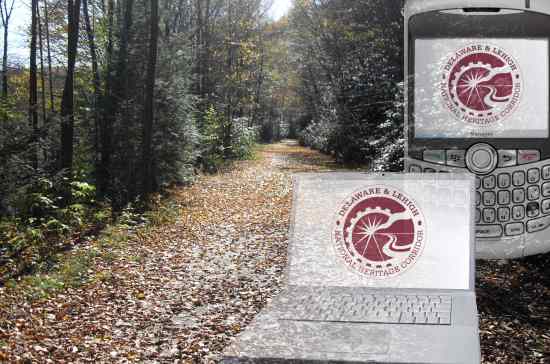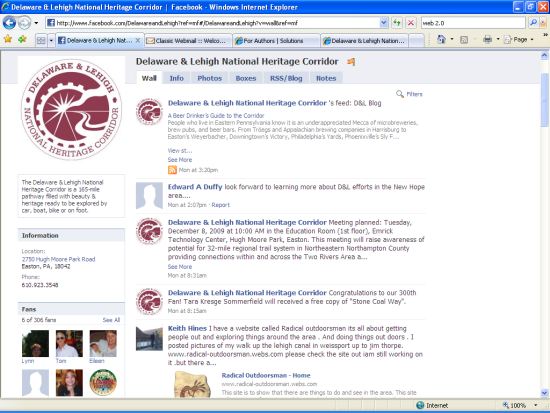The D&L Blog

The twenty-first century world appears to be filled to the brim with technological gadgets, especially ones that are geared towards communication and the internet. Sometimes this is a great thing–like when your car breaks down in the middle of nowhere, and you need to call a tow truck. Sometimes it’s not so great–like when your cellphone goes off in church or your inbox is full of spam. Without question, however, these technologies have come to dominate our lives. Here’s a test: how long has it been since you last checked your email? That’s what I thought. It seems like no one can watch a sporting event, take a coffee break, or even drive home without whipping out their cell phone or connecting to the internet.
The pace of technological change is also astonishing (or maybe bewildering is the right word?). Email already seems archaic compared to the immediacy of text messages, and even text messages seem to have taken a back seat to twittering. Newspapers are giving way to online editions, and, perhaps more frightening, books are now available for download to portable mini computers. We are not yet a paperless society, but it is not so difficult to imagine one in our near future. For better or worse, information is flowing faster than ever before, and most of it is traveling through electronic rather than physical media. This presents its share of challenges but also a number of opportunities.
Given that the communications world is changing so rapidly, it is important for organizations such as the D&L to evolve, in order to stay relevant and to reach as many people as possible. Accordingly, over the past year or so, we’ve attempted to become a little more digitally interactive. One of our first efforts has been this blog. For over a year, we’ve used the blog to bring you the latest updates from the D&L and the historical and environmental communities. The ease of publishing the blog allows us to keep the content fresh. The comments feature allows friends of the D&L to provide feedback, encouragement, and constructive criticism of our efforts. Perhaps more importantly, comments allow users to speak directly to other visitors to the site. Who better to inform the public than the people who use the D&L Trail and visit sites throughout the Corridor?
More recently, we’ve moved deeper into the social networking world by opening Twitter and Facebook accounts, both of which are free, internet services. Twitter is a simple service that allows users to enter very short updates, or “tweets,” that can be viewed by others. Users have 140 characters to answer the question, “What’s happening?” The D&L answers this question by announcing events, news stories, and staff updates that allow you to follow our work with minimal effort. Plus, it’s simply a lot of fun to read the frivolous but creative tweets that people write and to come up with your own.
If you are on Twitter, we encourage you to start following DLHeritage or ExploreDL, our two profiles. DLHeritage relates updates geared towards our partners in the heritage tourism, environmental, and cultural world. ExploreDL will provide information for visitors to the Corridor and fans of the D&L. Pick the account that is right for you (or maybe even both!), and start following us today.
Facebook is a little different because it allows us to add much more information to our profile, and we can interact with you through a number of applications. We’ve uploaded documents and photos, created a live feed to the blog, and keep in constant contact through the “wall” and status updates. As of today, we have 306 fans. Why not join us? You can participate in either service, by following the Twitter and Facebook accounts on our home page.
As we become more comfortable with these technologies and whatever new gadget is inevitably over the horizon, expect new opportunities to follow the D&L’s activities, interact with the staff, and engage other visitors. If you can think of ways to improve or expand our social networking efforts, please let us know.










